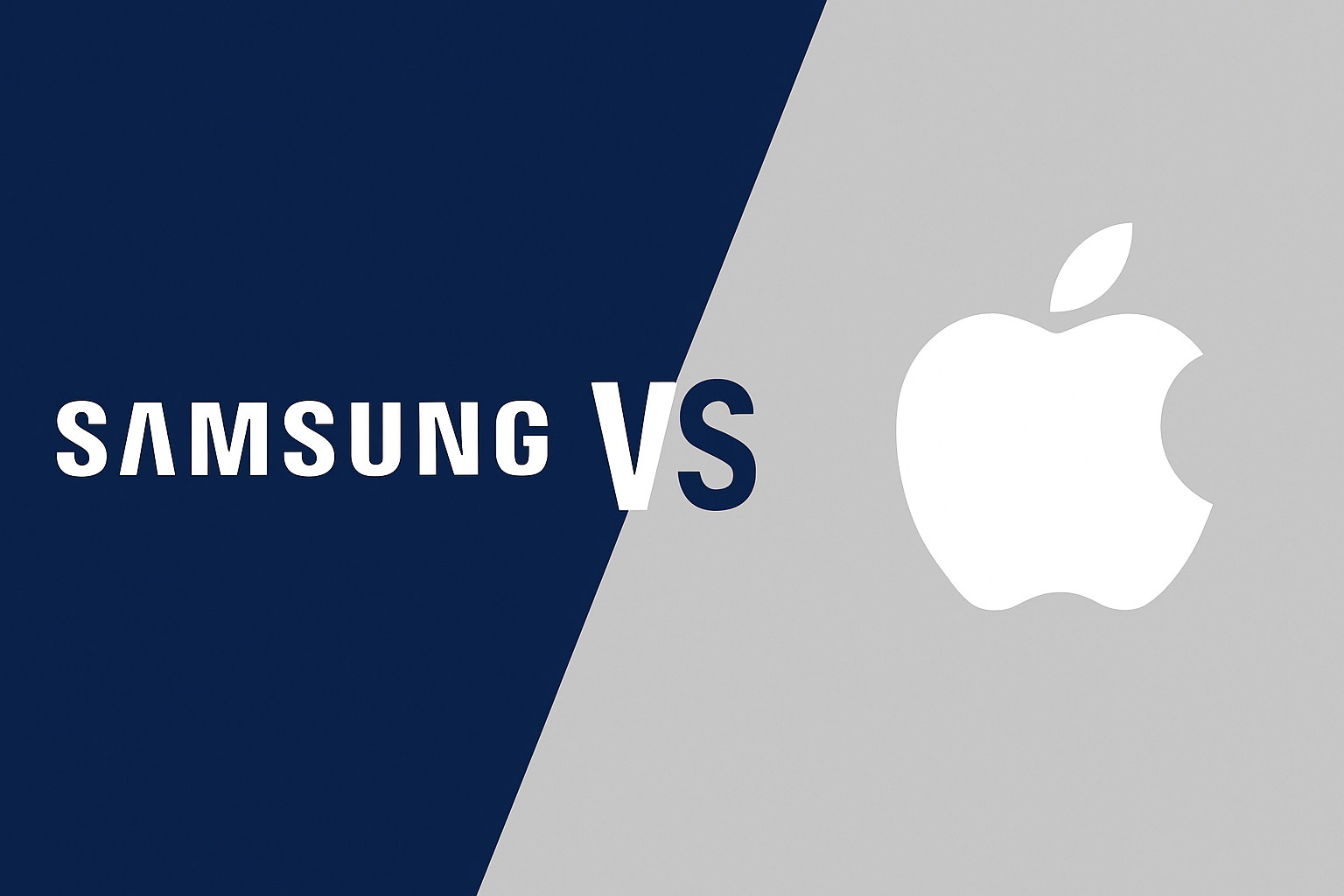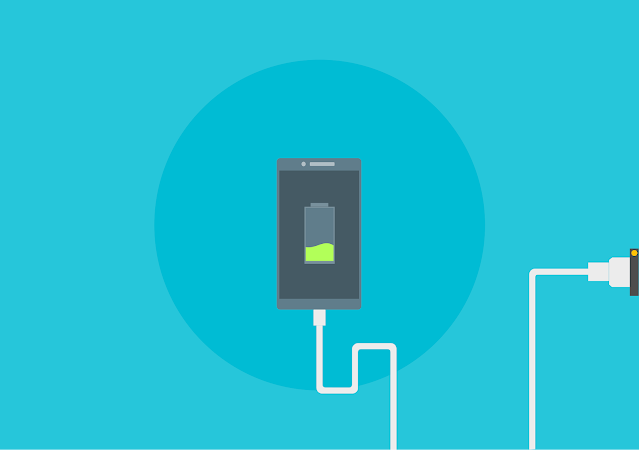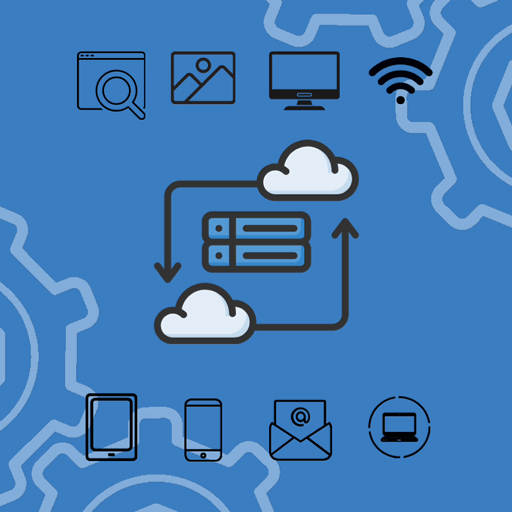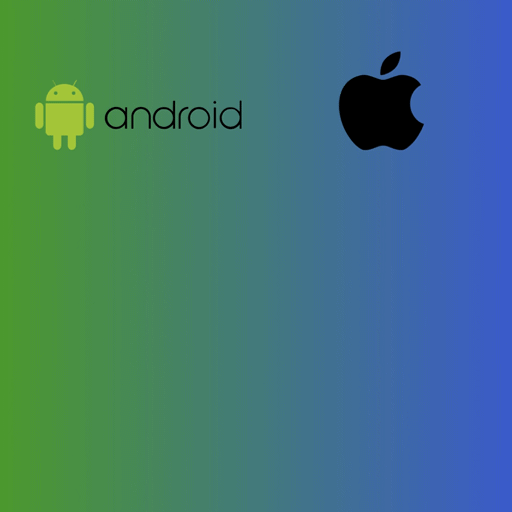Tech Week in Review: Apple’s $600B US Push, Pixel 10 Teasers, Windows 11 AI Update, #TeamWater & More
Welcome to this week’s Weekly Wrap Up, our weekly series where we dive into the biggest tech headlines from the past week. Here’s this week’s wrap-up from the 3rd of August 2025 to the 8th 2025. It’s a week full of bold moves, new updates, and surprising collaborations. Apple dropped a historic announcement with a $600 Billion investment in U.S. manufacturing, Google continued teasing it’s AI-first future with the Pixel 10, and Microsoft rolled out one of it’s most significant Windows 11 security updates ever. Meanwhile. Gaming fans rejoiced at the newest Xbox Game Pass additions, and the creator economy made waves with MrBeast and Mark Rober’s powerful #TeamWater initiative.
Here’s all the tech stories that you need to know to be in the know!
Highlights
1) Apple Commits $600 Billion to U.S Manufacturing Amid Tariff Shakeup
This might be the largest domestic tech investments in recent history. Apple has pledged to inject $600 Billion into U.S manufacturing and supply chain expansion over the next four years. This includes the creation of new facilities, 20,000 R&D and AI jobs, and US based production of critical iPhone and Apple Watch components; like display glass and microchips.
This comes in direct response to President Trump’s sweeping 100% Tariff on imported chips and semiconductors, aimed at pushing Big Tech to shift operations back to U.S soil. Apple is one of the few companies to secure exemptions; likely due to their large domestic investment and partnership with TSMC in Arizona.
The announcement caused a ripple effect on Wall street: The substantial investment pledge has led Apple’s Stock to surge to 5.2%, lifting the NASDAQ to near-record highs. Investors see this as a clear sign Apple is future-proofing its supply chain strengthening it’s U.S political standing.
2) Google Rolls Out Pixel August Update & Teases Pixel 10 Launch
Google has released its August 2025 Pixel update for eligible devices, fixing a critical security bug affecting Android 16 users. The improvements include smoother gesture navigation, more stable 3-button control, and several under-the-hood security enhancements. This is considered a crucial patch ahead of the upcoming Pixel 10 launch.
Speaking of the pixel 10 launch, google has used this opportunity to ramp up the hype by teasing the Pixel 10, expected to be unveiled on August 20, 2025. A cheeky ad campaign took shots at Apple’s delayed Siri updates, positioning the Pixel 10 as the “AI smartphone leader.”
It’s expected to have features such as:
- A more powerful Gemini AI assistant
- Enhanced Pixel Screenshots with instant translation
- Circle to Search upgrades
- Possibly, a new AI-driven camera chip.
This bold pre-launch positioning signals Googles’s intent to dominate the AI phone race.
3) Windows 11 Security Update Brings Major AI & UX Improvements
Microsoft released it’s August 2025 Security Update for Windows 11 (v24h2), introducing boths patches and some major feature upgrades:
- A new AI-powered Settings assistant, helping users troubleshoot and personalize more easily.
- Expanded Windows Recall, now with manual reset/export options to give users more control over memory-based AI prompts.
- A faster Quick Machine Recovery tool, designed to restore systems after update errors or boot issues.
- A redesigned Black Screen of Death, replacing the blue version to align with dark-mode themes.
- UX improvements for Snap Layouts, Search, and PIN entry screens.
These updates are apart of Microsoft’s broader AI strategy to make Windows smarter, safer, and more user-friendly for both pros and casual users alike.
4) Xbox Game Pass Adds Assassin’s Creed Mirage & More
Microsoft has kicked off august with a killer lineup on Xbox Game Pass, headlined by Assassin’s Creed Mirage, which officially launches on the service August 7. This marks the first time a flagship Ubisoft title hits Game Pass on day one for Ultimate and PC Game Pass subscribers.
Other titles added at the beginning of August:
- A short Hike
- Katamari Damacy Reroll
- Everspace 2
- Quake II Remastered
- Train Sim World 4
- My Time at Sandrock
This shows that Xbox is continuing to double down on day-one content and diverse game libraries to keep Game Pass fresh and competitive.
5) #TeamWater Raises $40M to Provide Clean Water Worldwide
Two of the Biggest Youtubers, MrBeast and Mark Rober, have launched #TeamWater, a global campaign that has already raised $40 million to provide clean drinking water to communities that lack the vital resource. The initiative aims to deliver 6 million person-years worth of clean water across Asia, Africa, and Latin America
This is a wide reaching endeavour, a full-fledged collaboration with major clean water charities and more than 3,000 influencers in 31 countries. Their videos are driving global visibility for the cause, making this one of the largest creator-led humanitarian tech efforts ever.
Latest Highlights From 8th August 2025
1) OpenAI Launches GPT-5, A Major Leap in AI Capability
OpenAI has officially made GPT-5 available for the masses. It’s a next generation AI model with advanced performance across coding, reasoning, math, writing, and visual tasks. It employs a unified architecture that smartly chooses between faster responses or deeper reasoning depending on the task.
The model has been made accessible to all ChatGPT users, though there are restrictions on the free version, with usage limits, while the Pro tier offers extended capabilities for around $200/month. Developers can also access it via API. The new version has introduced new improvements such as, reduced hallucination rates, strong multilingual support, and a massive 256,000 – token context window. Coding performance now gleams with a intuitive UI sensitivity.
OpenAI’s GPT continues to grow it’s market share and it’s global reach. India has been highlighted by Sam Altman, The CEO of OpenAI, as the second-largest and fastest-growing market, with the potential to surpass the U.S. OpenAI continues to forge partnerships to ensure affordability and announced Altman’s visit to India in September.
2) California Rolls Out Free AI Training in Schools and Colleges
California Governor Gavin Newsom revealed an AI education partnership with tech giants Google, Microsoft, IBM, and Adobe; to deliver AI training across high schools, community colleges, and California State Universities at no cost to the state. The program targets over two million students, and is meant to equip future professionals with generative AI skills, cyber-security knowledge, and Copilot training. Newsom has emphasized preparing an AI-ready workforce to sustain California’s leadership in innovation amid global competition and technological disruption.
3) Seattle Tech Faces Massive Workforce Shift Amid AI Surge
In 2025 Seattle’s tech sector has endured over 22,000 layoffs, mainly due to AI-driven restructuring across companies like Microsoft, Amazon, and Expedia. Employers are increasingly prioritizing critical thinking and familiarity with AI Tools over traditional coding credentials. Versatility and adaptability have become paramount. This aligns with national reports, that by July, AI-related layoffs accounted for 27,000+ job cuts in tech, and total tech job postings have dropped substantially since early 2020.
From trillion-dollar companies reshaping geopolitics to creators mobilizing for global causes, this week has showed just how powerful the digital world has become. Whether it’s AI-driven upgrades, policy-driven innovation, or entertainment-led disruption, the changes are coming fast.
We thank you for reading and ask that you please share, comment and follow us on our socials.
References
Apple & Tariffs
1. Apple increases US commitment to $600 billion, announces ambitious program – Apple Newsroom – Link
2. Trump announces Apple’s plan to invest $100bn in US manufacturing – The Guardian – Link
3. 100% tariff on chips and semiconductors? Trump plans big tech crackdown – Economic Times – Link
Google Pixel & Android Updates
4. Google rolls out August 2025 Pixel update with critical bug fix and other improvements – Times of India – Link
5. How do you define soon? Google targets Apple’s Siri delays as it teases the Pixel 10 – TechRadar – Link
Windows 11 Update
6. 8 new features arriving with the August 2025 Security Update for Windows 11 – Windows Central – Link
Xbox Game Pass
7. Xbox Game Pass adds Assassin’s Creed Mirage and seven other titles in first half of August – Times of India – Link
#TeamWater Campaign
8. YouTubers MrBeast and Mark Rober $40 million #TeamWater campaign delivers over 6 million years of clean drinking water – Times of India – Link
GPT-5 Launch
9. OpenAI unveils GPT-5, free for all with usage limits – Times of India – Link
10. Introducing GPT-5 – OpenAI – Link
11. At GPT-5 launch, Sam Altman says India may surpass US as top market – India Today – Link
California AI Training Initiative
12. Newsom leans into AI as ‘the future’ in new policy announcement – SFGate – Link
13. Governor Newsom Partners with World’s Leading Tech Companies to Prepare Californians for AI Future – Governor of California – Link
Seattle AI Workforce Changes
14. Seattle tech braces for AI workforce shake-up – Axios – Link


















